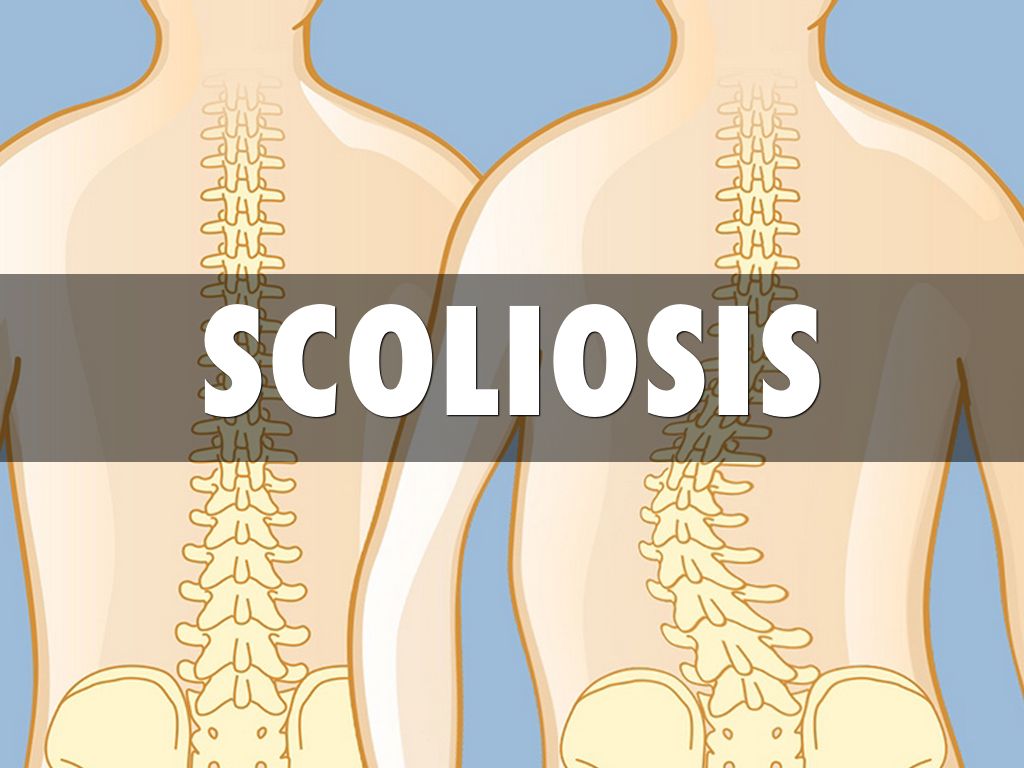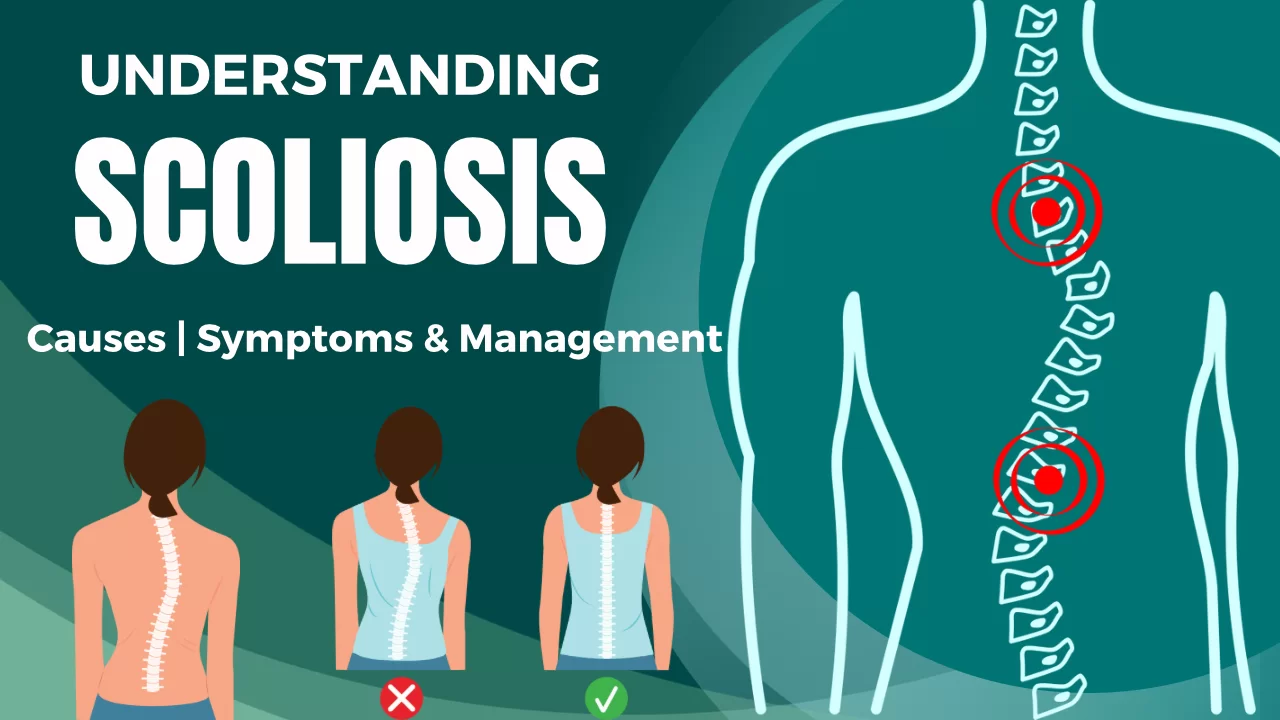Scoliosis is a condition characterized by an abnormal curvature of the spine. While it is commonly associated with adolescents, scoliosis can also affect adults. Non-surgical treatment options for adult scoliosis have gained significant attention in recent years, offering hope for those seeking relief from pain and discomfort. This article provides an overview of non-invasive methods for addressing scoliosis in adults, including physical therapy, chiropractic care, bracing techniques, pain management strategies, alternative therapies, lifestyle modifications, psychological support, and surgical options.

Understanding Scoliosis in Adults: Causes and Symptoms
Scoliosis in adults can be caused by various factors, including degenerative changes in the spine, previous untreated scoliosis from childhood, or the progression of an existing curvature. Symptoms of adult scoliosis may include back pain, stiffness, muscle imbalances, and changes in posture. It is crucial to understand the underlying causes and symptoms to determine the most appropriate treatment approach.

Importance of Early Detection and Diagnosis in Adult Scoliosis
Early detection and diagnosis play a vital role in the successful management of adult scoliosis. Regular check-ups and screenings can help identify scoliosis at an early stage, allowing for timely intervention and treatment. Delayed diagnosis can lead to the progression of the curvature, increased pain, and potential complications. Therefore, it is essential for adults to be aware of the signs and symptoms of scoliosis and seek medical attention promptly.
Non-Invasive Approaches for Managing Adult Scoliosis
Non-invasive approaches are the first line of treatment for adult scoliosis. These methods aim to alleviate pain, improve posture, and enhance overall quality of life. Physical therapy and exercise, chiropractic care, bracing techniques, pain management strategies, alternative therapies, lifestyle modifications, and psychological support are all effective non-surgical options for managing adult scoliosis.

Physical Therapy and Exercise for Adult Scoliosis
Physical therapy and exercise are crucial components of non-surgical treatment for adult scoliosis. A tailored exercise program can help strengthen the muscles surrounding the spine, improve flexibility, and correct imbalances. Physical therapists use various techniques, such as stretching, strengthening exercises, and postural training, to address the specific needs of each individual. Regular physical therapy sessions can significantly reduce pain and improve functional abilities.
Chiropractic Care for Adult Scoliosis: Benefits and Considerations
Chiropractic care is another non-invasive treatment option for adult scoliosis. Chiropractors use manual adjustments and spinal manipulations to correct misalignments and improve spinal function. This can help alleviate pain, reduce muscle tension, and improve overall spinal health. However, it is important to consult with a qualified chiropractor who has experience in treating adult scoliosis to ensure safe and effective treatment.
Bracing Techniques for Adult Scoliosis: Types and Effectiveness
Bracing techniques are commonly used in the treatment of adolescent scoliosis, but they can also be beneficial for adults with scoliosis. Braces help support the spine, prevent further progression of the curvature, and provide pain relief. There are various types of braces available, including rigid braces, soft braces, and dynamic braces. The effectiveness of bracing in adults depends on the severity of the curvature and the individual’s compliance with wearing the brace as prescribed by a healthcare professional.
Pain Management Strategies for Adults with Scoliosis
Pain management is a crucial aspect of treating adult scoliosis. Non-surgical pain management strategies include medication, physical therapy, heat and cold therapy, massage, and acupuncture. Medications such as nonsteroidal anti-inflammatory drugs (NSAIDs) can help reduce pain and inflammation. Physical therapy techniques, such as manual therapy and therapeutic exercises, can also provide significant pain relief. Heat and cold therapy, massage, and acupuncture can further complement pain management strategies.
Alternative Therapies for Adult Scoliosis: Acupuncture, Massage, and more
In addition to traditional medical treatments, alternative therapies can also be beneficial for adults with scoliosis. Acupuncture, a form of traditional Chinese medicine, involves the insertion of thin needles into specific points on the body to promote healing and pain relief. Massage therapy can help relax muscles, improve circulation, and reduce pain. Other alternative therapies, such as yoga, Pilates, and herbal remedies, may also provide relief for some individuals. It is important to consult with a healthcare professional before trying any alternative therapy to ensure safety and effectiveness.
Lifestyle Modifications for Adult Scoliosis: Posture, Ergonomics, and Exercise
Lifestyle modifications can significantly impact the management of adult scoliosis. Maintaining good posture, practicing proper ergonomics, and engaging in regular exercise can help alleviate pain and improve spinal health. Simple adjustments, such as using ergonomic chairs and pillows, can reduce strain on the spine. Engaging in low-impact exercises, such as swimming or walking, can help strengthen the muscles and improve overall spinal stability.
Psychological Support and Counseling for Adults with Scoliosis
Living with scoliosis can have a significant impact on an individual’s mental and emotional well-being. Therefore, psychological support and counseling are essential components of comprehensive scoliosis treatment. Support groups, counseling sessions, and educational resources can help individuals cope with the challenges associated with scoliosis, improve self-esteem, and enhance overall quality of life.
Surgical Options for Adult Scoliosis: When Non-Invasive Methods are Insufficient
In some cases, non-invasive methods may not provide sufficient relief for adult scoliosis. Surgical intervention may be necessary to correct the curvature and alleviate pain. Surgical options for adult scoliosis include spinal fusion, spinal decompression, and corrective osteotomy. These procedures aim to stabilize the spine, improve alignment, and reduce pain. However, surgery is typically considered a last resort when non-invasive methods have been exhausted.
In conclusion, non-surgical treatment options for adult scoliosis offer hope for individuals seeking relief from pain and discomfort. Early detection and diagnosis, along with non-invasive approaches such as physical therapy, chiropractic care, bracing techniques, pain management strategies, alternative therapies, lifestyle modifications, and psychological support, can significantly improve the quality of life for adults with scoliosis. However, in cases where non-invasive methods are insufficient, surgical options may be considered. It is important for individuals with scoliosis to work closely with healthcare professionals to determine the most appropriate treatment plan based on their specific needs and circumstances.
References
- Glassman, S. D., Bridwell, K., Dimar, J. R., Horton, W., Berven, S., & Schwab, F. “The impact of positive sagittal balance in adult spinal deformity.” Spine. 2005;30(18):2024-2029. doi: 10.1097/01.brs.0000179081.30449.96
- Berven, S. H., & Deviren, V. “Nonoperative treatment of adult scoliosis: An overview and update.” Spine. 2007;32(19 Suppl). doi: 10.1097/BRS.0b013e318134e7ed
- Negrini, S., Donzelli, S., Aulisa, A. G., et al. “2016 SOSORT guidelines: Orthopaedic and rehabilitation treatment of idiopathic scoliosis during growth.” Scoliosis and Spinal Disorders. 2018;13:3. doi: 10.1186/s13013-017-0145-8
- Hawes, M. C., & O’Brien, J. P. “The transformation of spinal curvature into spinal deformity: pathological processes and implications for treatment.” Scoliosis. 2006;1:3. doi: 10.1186/1748-7161-1-3
- Weinstein, S. L., Dolan, L. A., Wright, J. G., & Dobbs, M. B. “Effects of bracing in adolescents with idiopathic scoliosis.” New England Journal of Medicine. 2013;369:1512-1521. doi: 10.1056/NEJMoa1307337
- Lau, K. K., & Mercieca, M. P. “Adult scoliosis: Prevalence, presentation, diagnosis and management.” British Journal of Pain. 2019;13(1):39-49. doi: 10.1177/2049463718818360
- Weiss, H. R., Turnbull, D., & Bohr, S. “Brace treatment for adults with scoliosis – A systematic review of the literature.” Journal of Back and Musculoskeletal Rehabilitation. 2009;22(2):55-60. doi: 10.3233/BMR-2009-0218
- Weinstein, S. L., & Ponseti, I. V. “Curve progression in idiopathic scoliosis.” Journal of Bone and Joint Surgery. 1983;65(4):447-455. doi: 10.2106/00004623-198365040-00002
- Aebi, M. “The adult scoliosis.” European Spine Journal. 2005;14(10):925-948. doi: 10.1007/s00586-005-1053-9
- Bess, S., Line, B., Fu, K. M., et al. “The health impact of symptomatic adult spinal deformity: comparison of deformity types to United States population norms and chronic diseases.” Spine. 2016;41(3):224-233. doi: 10.1097/BRS.0000000000001187
